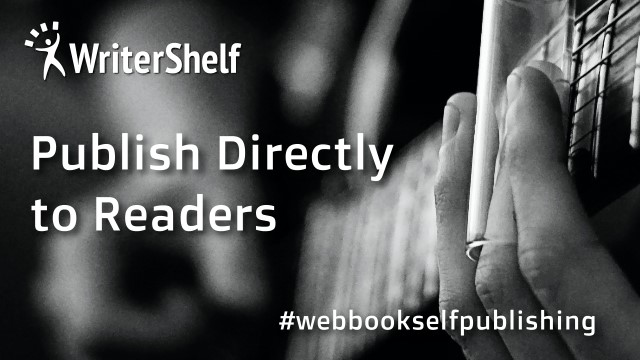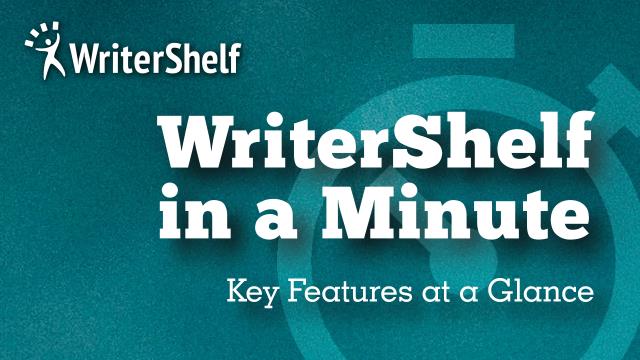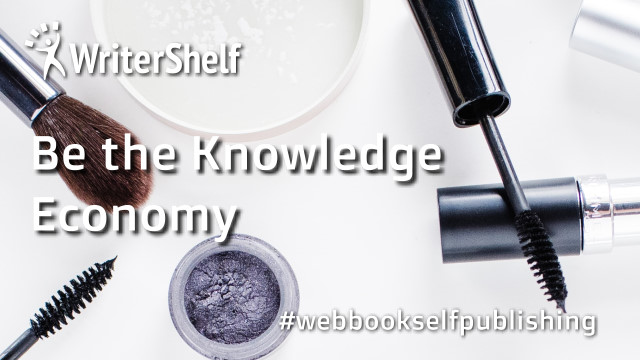CSV to VCF Conversion Best Practices: Data Integrity, Compatibility, and Automation
1
0
·
2025/07/05
·
4 mins read
☕
WriterShelf™ is a unique multiple pen name blogging and forum platform. Protect relationships and your privacy. Take your writing in new directions. ** Join WriterShelf**
WriterShelf™ is an open writing platform. The views, information and opinions in this article are those of the author.
Article info
Categories:
⟩
⟩
Tags:
Total: 959 words
Like
or Dislike
More to explore










Introduction- Why CSV to VCF Conversion Is Essential
Managing your contacts is an important element of both personal and business communication. A lot of people keep their contact information as CSV (Comma Separated Values) files since it's easy to export from Excel, Google Sheets, or database systems. But CSV files do not always work with mobile devices, email clients, or cloud systems. That's when it is important to change CSV files to VCF (vCard) format.
VCF files can be opened on Android, iPhone, Outlook, Thunderbird, Gmail, and iCloud. They keep detailed contact information including names, phone numbers, email addresses, and even images of people's profiles. Following best practices for data integrity, interoperability, and automation is vital to make sure the switch from CSV to vCard goes well.
This article will go over all you need to know about converting CSV files to VCF files, including best practices, manual approaches, and how automation can make the process easier and error-free.
Understanding the CSV and VCF Formats
What is a CSV File?
A CSV file is a kind of plain text file that stores data in tables. There is a comma between each field, such Name, Email, and Phone Number. Each line is a separate contact. CSV files are easy to get to, but they don't have structured metadata, which might cause problems when you try to import them into contact apps.
What is a VCF File?
A VCF (vCard) file is a common way to store and share contact information. VCF can have contact photographs, more than one email address, phone number, address, corporate information, and custom tags, however CSV are unable to do Smartphones and apps that keep track of digital address books like this format best.
Manual Methods to Convert CSV to VCF
Step 1: Convert CSV to VCF Use Google Contacts
You can use Google Contacts for free to convert CSV contacts into VCF format.
Limitations:
Step 2: Convert using Microsoft Outlook
You can import CSV contacts into Outlook and then export them as vCards-
Limitations:
The Role of Automation in CSV to VCF Conversion
Automated CSV to VCF converters can easily handle thousands of contacts. Most of these apps let you map fields, process batches, and work with all versions of VCF (2.1, 3.0, and 4.0). Automation gets rid of the need for manual steps, which saves time and increases output.
Advantages of Automation:
Softaken CSV to VCF Converter: A Trustworthy and Professional Solution
The Softaken CSV to VCF Converter is an excellent tool to convert CSV files into VCF files without losing any data. This tool was made to protect your data, work on all platforms, and help you convert one or more contacts at once without having to change anything.
It works with all kinds of CSV files and all versions of VCF. This application makes sure that your converted files will operate on any device, whether you move your contacts to Android, iPhone, Outlook, or iCloud. It features a user-friendly UI that even folks who have never used it before can comprehend.
Important Features-
To convert your CSV file into a VCF file with this utility, just follow these easy steps-
Final Thoughts
If done correctly, converting CSV files to VCF files can make it easier to keep track of contacts on a lot of different platforms. By following best practices like using standard headers, deleting your data, and automating the process, you can be sure that your results are proper and that they will function with other systems.
Manual methods work well for minor conversions, but for substantial, reliable conversions, professional tools are the best. You can be ensured that your contact information is safe, properly formatted, and ready to use on Android, iPhone, Gmail, Outlook, and iCloud when you use a reliable application like the CSV to VCF Converter.
If you follow these best practices and use the right tools, your contact migration will go smoothly and without stress.